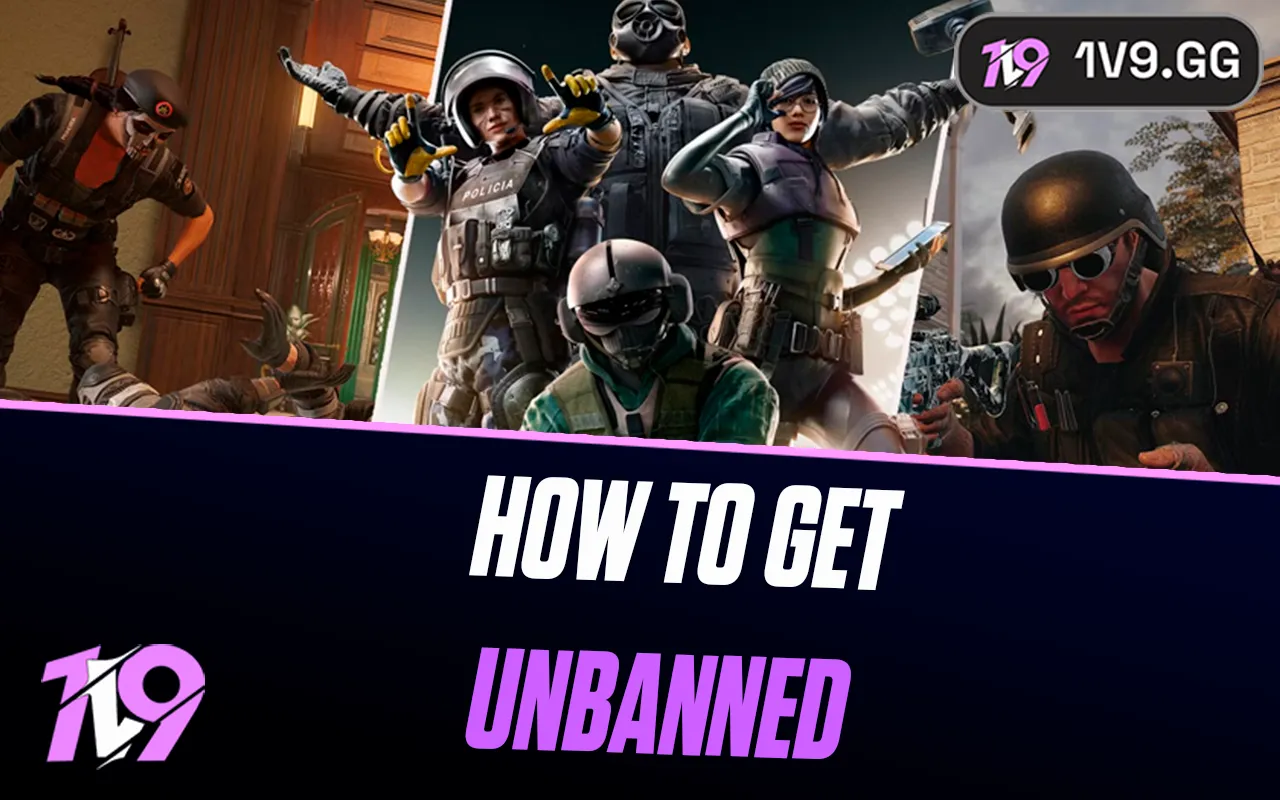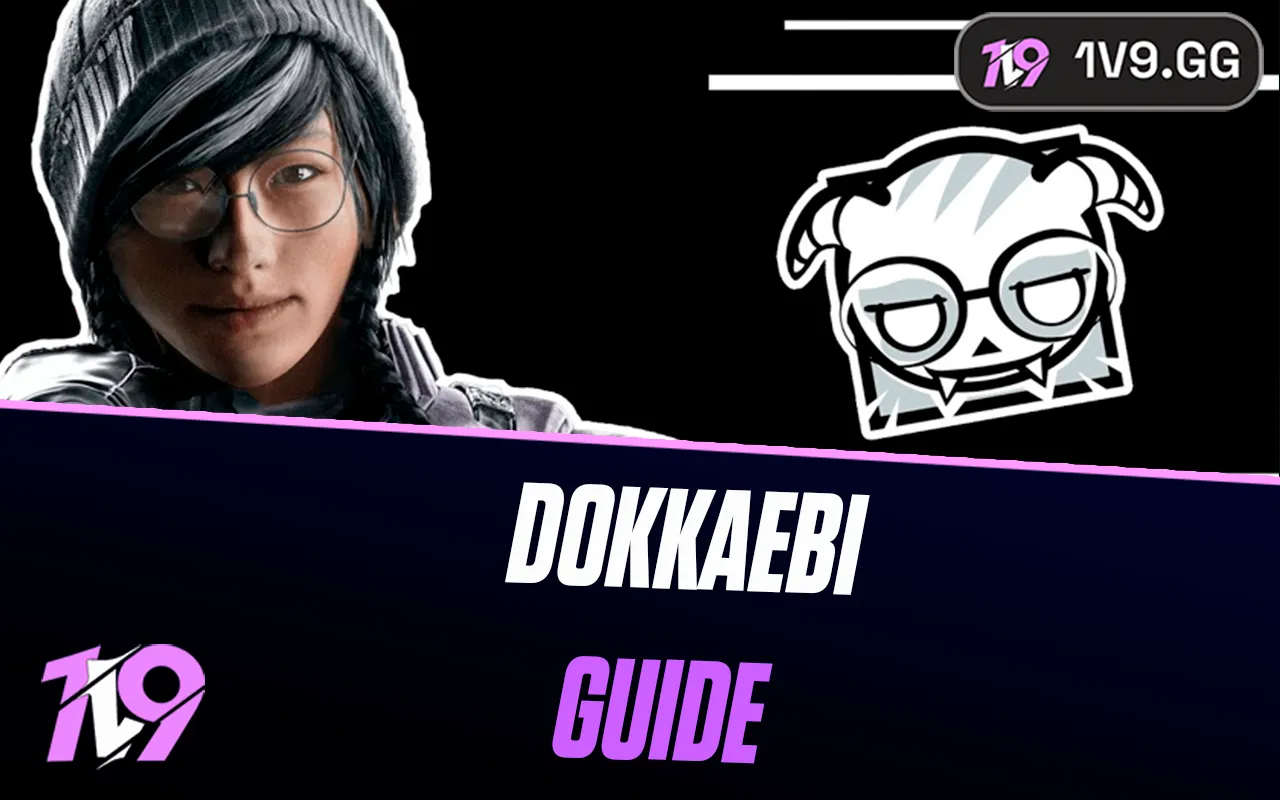Rainbow Six Siege Ping Test
Europe West
Loading...
Europe North
Loading...
US West
Loading...
US Central
Loading...
US East
Loading...
South America
Loading...
South East Asia
Loading...
West Asia
Loading...
East Asia
Loading...
Oceania
Loading...
What is Rainbow Six Siege Ping Test?
Our Rainbow Six Siege Ping Test is a valuable tool designed to assess your internet connection’s performance in real-time. It calculates the latency between your network and the Rainbow Six Siege servers, allowing you to check your ping without launching the game. This tool is ideal for troubleshooting connection issues or ensuring your network is fully optimized for smooth and competitive gameplay. Regularly testing your ping can help prevent lag and improve your experience by giving you a clear view of your connection quality before you jump into high-stakes matches.
What is considered a good ping in Rainbow Six Siege?
In Rainbow Six Siege, a good ping is generally considered to be between 20 to 50 milliseconds (ms). At this level, the game will feel smooth, with minimal delay in actions like aiming, shooting, and moving. Anything between 50 to 100 ms is still playable but may introduce slight delays that can be noticeable in intense situations. A ping over 100 ms can start to impact gameplay more significantly, causing lag that might make it harder to react quickly or stay competitive in matches. For the best experience in Rainbow Six Siege, it’s ideal to keep your ping as low as possible, preferably below 50 ms.
How to check Rainbow Six Siege Ping?
Our Rainbow Six Siege Ping Test tool provides a quick and precise way to measure your connection speed, offering accurate ping results tailored for Rainbow Six Siege. Using this tool regularly helps you monitor and optimize your network performance, ensuring smooth gameplay and minimizing the risk of lag or connection drops. By staying on top of your ping, you can enter matches confidently, knowing your connection is stable for competitive play.
How to lower Rainbow Six Siege Ping?
To lower your ping in Rainbow Six Siege, start by ensuring you have a stable internet connection. Use a wired Ethernet connection instead of Wi-Fi, as it provides more stability and faster data transmission. Close any unnecessary applications or devices that may be consuming bandwidth, as these can slow down your connection. Updating your router’s firmware and network drivers can also improve your connection’s efficiency. If high ping continues to be an issue, consider adjusting your router’s Quality of Service (QoS) settings to prioritize gaming traffic. Finally, select a server region closer to your location in the game settings, which can significantly reduce latency and improve overall responsiveness.
What causes high ping in Rainbow Six Siege?
High ping in Rainbow Six Siege can be caused by several factors, starting with a weak or unstable internet connection. If your connection speed is low or if there’s a lot of network congestion (e.g., many devices using bandwidth simultaneously), your ping can spike. Playing on Wi-Fi instead of a wired connection also tends to increase ping due to possible interference and lower stability. Outdated network drivers or router firmware can further exacerbate the issue, as can background applications that consume large amounts of bandwidth. Additionally, if you’re connected to a server that’s geographically distant, the data has to travel a greater distance, leading to higher latency. If these troubleshooting steps don’t help, reaching out to your internet service provider for further assistance might be beneficial.
Why Low Ping is essential in Rainbow Six Siege?
Low ping is crucial in Rainbow Six Siege because the game heavily relies on precision, fast reactions, and real-time responsiveness. In a tactical shooter like Siege, even a split-second delay can mean the difference between securing an objective or being eliminated. When you have low ping, your actions—such as shooting, leaning, and moving—are registered more quickly on the server, allowing you to respond instantly to enemy movements and maintain better control over gameplay situations. Conversely, high ping can lead to lag, where your actions are delayed, causing shots to register late, and movement to feel less responsive, which can put you at a significant disadvantage against players with low ping. For competitive play and high-stakes situations, maintaining a low ping is essential to performing well and maximizing your chances of winning in Rainbow Six Siege.
Does players with lower ping have higher changes to win more games in R6?
Yes, players with lower ping generally have a competitive edge in Rainbow Six Siege, which can increase their chances of winning more games. Lower ping ensures that their actions, such as shooting, peeking, and using gadgets, are registered more quickly on the server, allowing them to react faster to opponents. In a fast-paced, tactical shooter like Siege, even a few milliseconds can make a crucial difference, especially in close gunfights where split-second timing determines the outcome.
With low ping, players experience fewer delays, leading to more precise hit registration and smoother gameplay. In contrast, players with higher ping may find their shots delayed, or they might experience “rubber-banding,” where their character moves inconsistently due to lag. This delay can make it harder to accurately hit targets and respond effectively to threats, giving players with lower ping a noticeable advantage.
Does Low Ping Improves Reaction time in Rainbow Six Siege?
Low ping doesn’t directly improve a player’s physical reaction time, but it does enhance how quickly their actions are reflected in Rainbow Six Siege, creating a faster and more responsive in-game experience. With lower ping, the delay between performing an action (like shooting or moving) and the server recognizing it is minimized. This means the game responds almost instantly to your inputs, making it feel like your reaction time has improved.
In a game like Rainbow Six Siege, where milliseconds count in close encounters, this quick server response can give you an advantage. For example, if both players fire at the same time in a face-to-face encounter, the player with lower ping has a higher chance of landing their shot first since their action is registered by the server faster. So, while your natural reaction time remains the same, low ping enables smoother gameplay and allows you to respond to threats in real-time, enhancing your overall performance.
Does Low Ping Affects Input Delay in Rainbow Six Siege?
Yes, low ping can reduce the feeling of input delay in Rainbow Six Siege. When you have a lower ping, there’s less latency between your device and the game server, which means that your actions—such as aiming, shooting, or moving—are processed more quickly by the game. This faster server communication can make your inputs feel more immediate and responsive, helping you react swiftly in high-stakes situations.
In Rainbow Six Siege, where timing and precision are key, even a small input delay can affect your gameplay. For example, lower ping allows for smoother aiming and quicker shots, especially in close-quarter fights where every millisecond counts. Essentially, low ping minimizes the gap between pressing a button and seeing the action on screen, making gameplay feel sharper and more accurate, which is crucial for competitive play.
Blog & News
Posts that make your day light up
💬 Need help?
Our 1v9 support team is available 24/7 to help you with any questions or issues you may have.
support@1v9.gg
Loading...
1v9.gg is not endorsed or affiliated by any game developers or publishers.
2025 1v9, All Rights Reserved, Created By NightDev




